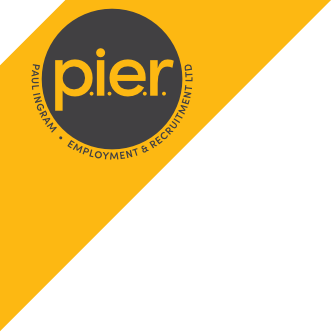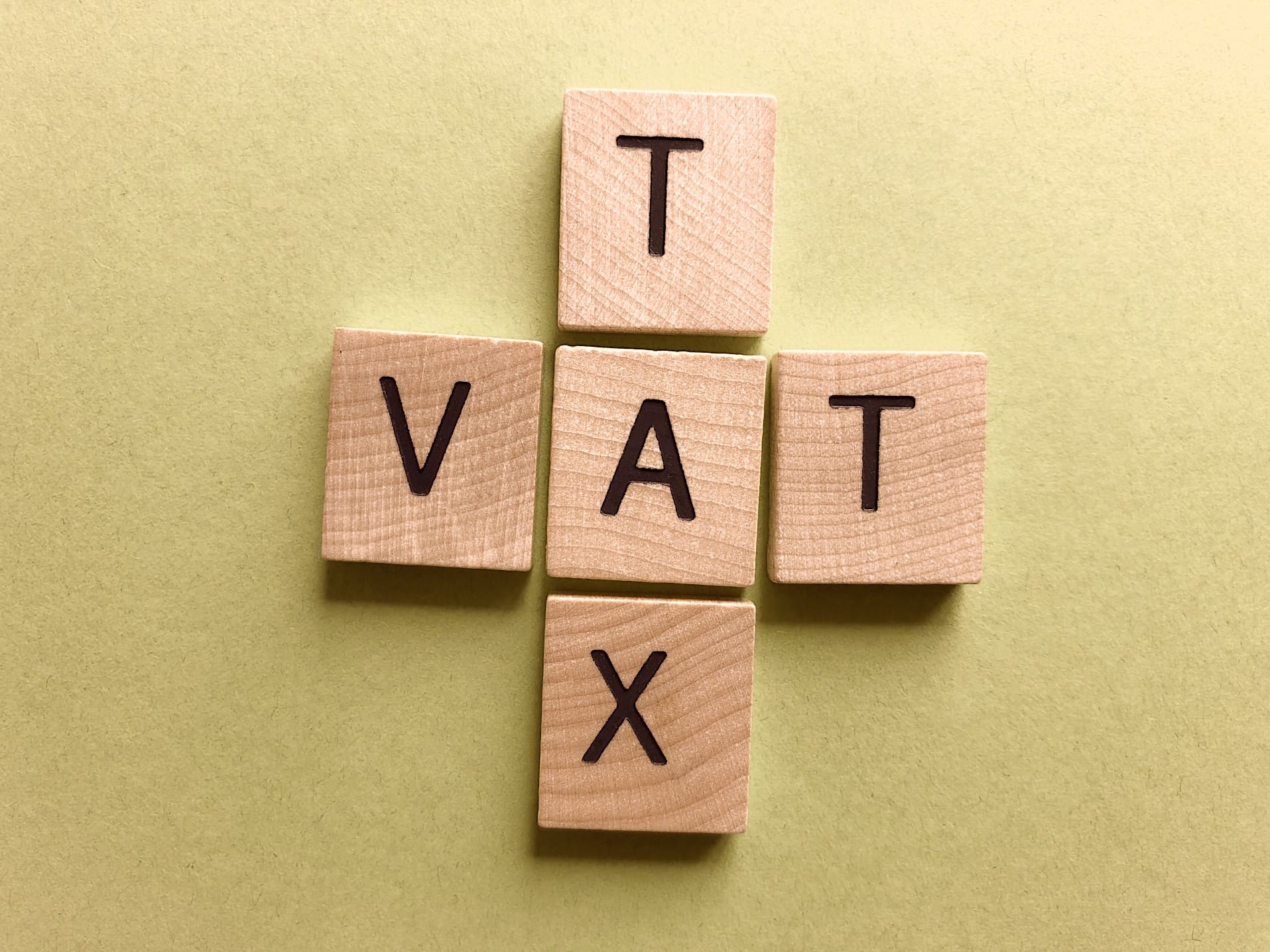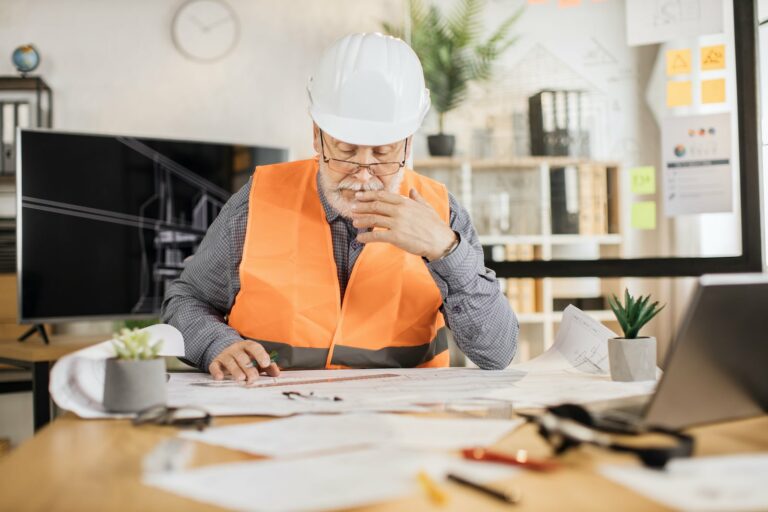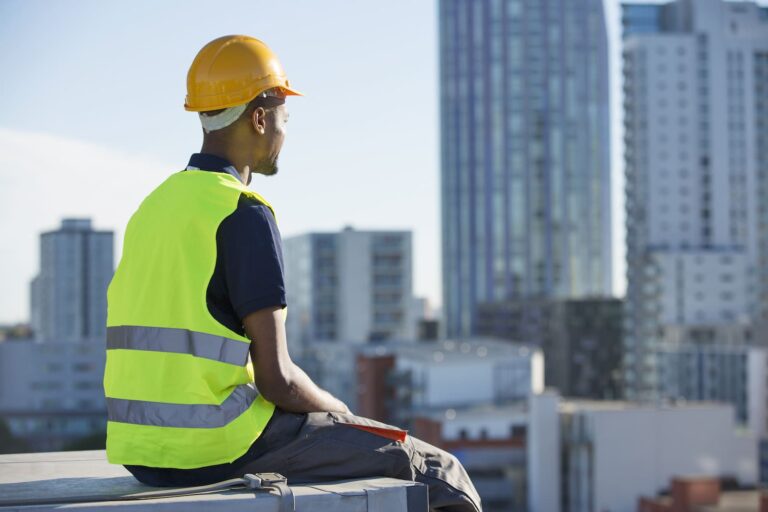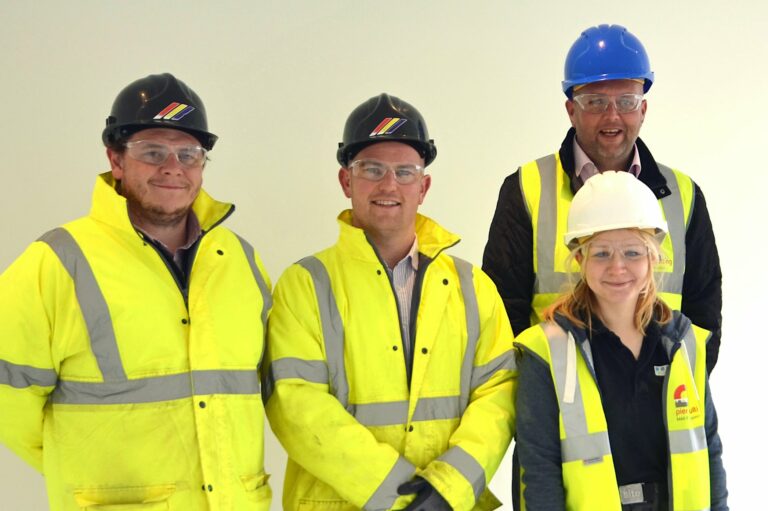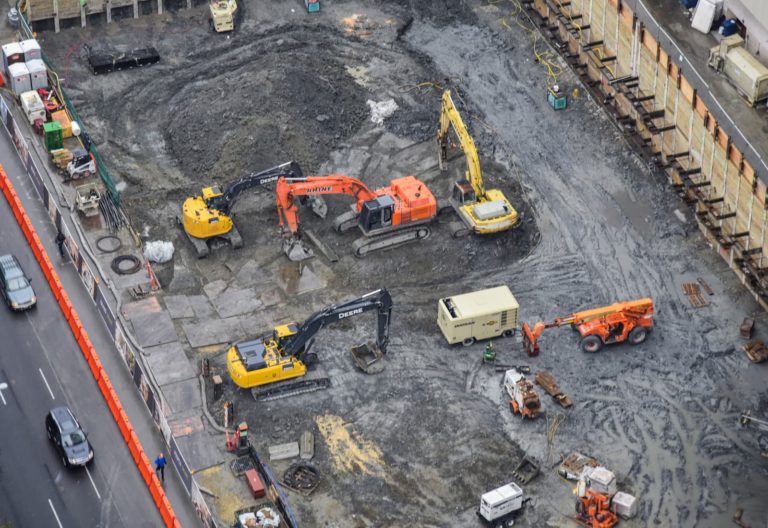CIS – Construction industry VAT reverse charge
What is the VAT reverse charge?
The reverse charge is a way of accounting for VAT where the end-customer accounts for VAT and the supplier of construction services does not. The reverse charge means the customer receiving construction services must pay the VAT to HMRC instead of the supplier. The end-customer recovers VAT subject to the normal rules set by HMRC.
Employment Businesses Supplying Construction Workers
Employment businesses are treated differently for the purpose of the reverse charge. Supplies by employment businesses are not subject to the reverse charge, even if those supplies are within the scope of CIS.
Employment businesses supplying construction workers are, for VAT purposes, treated as supplying staff rather than building and construction services.
For VAT purposes, such activities of workers are supplies of staff by their employer and not supplies by the workers themselves. The supplier makes a supply of staff for VAT purposes if it provides another person with the use of an individual who is:
- contractually employed or otherwise engaged by the employment business.
- a director of the employment business
A similar situation arises with joint ventures, the construction firms that are parties to the joint venture provide workers on secondment to work on the joint venture project. Payments by the joint venture to each construction firm for their staff is not payment for construction services and therefore not subject to the reverse charge.
Labour Only Sub-Contractors
The reverse charge applies to services provided by labour only sub-contractors. The labour only sub-contractor is responsible for the works carried out and therefore subject to the reverse charge. This applies if the services provided are:
- standard rated
- reduced rated
- within the scope of CIS.
A supply of labour only construction services is subject to the reverse charge whereas a supply of staff is not. The simplest way to tell the difference for a supply of:
- labour only construction services – the business supplying the labour will be responsible for overseeing the completion of the work carried out by the workers.
- staff – the customer that receives the workers will be responsible for overseeing the completion of the work carried out.
Distinction Between Employment Businesses and Labour-Only Sub-Contractors
Supplies by labour-only sub-contractors are subject to the reverse charge if the supplies are within the scope of the Construction Industry Scheme and all the other conditions are met.
The supplies made by the employment business are not subject to the reverse charge even if those supplies are within the scope of the Construction Industry Scheme.
The supplying business should be treated as an employment business if these features apply:
- the customer contacts the employment business and asks for X workers for Y days
- the workers are employed by or engaged by the employment business
- the employment business provides an hourly or daily rate for the workers
- a timesheet is used to record the hours and days worked
- the customer sends the signed timesheet agreeing the hours and days worked to the employment business
- the customer pays the employment business
- the customer’s site foreman or managers direct and control the works carried out by the workers
- the customer is responsible for the works carried out
The supplying business should be treated as a labour only sub-contractor if these features apply the:
- customer contacts a business and asks for a skilled labourer (for example, a bricklayer, electrician, or plumber) to carry out specified services
- labourers are employed by or engaged by the business
- business provides a price for the works or agrees a measured rate per square metre
- supplying business is responsible for the labourer’s works
- supplying business is responsible for correcting any defects following completion of the works
- customer, or its representatives, agrees that the work has been carried out or certifies payment for the value of works carried out to date.
The reverse charge applies to the services supplied by the business (if those services are within the scope of CIS) and VAT should not be charged on the invoices.
When You Must Not Use the Reverse Charge
Do not use the charge for the following services, when supplied on their own:
- drilling for, or extracting, oil or natural gas
- extracting minerals (using underground or surface working) and tunnelling, boring, or construction of underground works, for this purpose
- manufacturing building or engineering components or equipment, materials, plant, or machinery, or delivering any of these to site
- manufacturing components for heating, lighting, air-conditioning, ventilation, power supply, drainage, sanitation, water supply or fire protection systems, or delivering any of these to site
- the professional work of architects or surveyors, or of building, engineering, interior or exterior decoration and landscape consultants
- making, installing, and repairing art works such as sculptures, murals and other items that are purely artistic signwriting
- and erecting, installing and repairing signboards and advertisements • installing seating, blinds, and shutters
- installing security systems, including burglar alarms, closed circuit television and public address systems.
You can see the full article here on the HMRC VAT reverse charge technical guide https://bit.ly/3sVX0HG
When You Must Use the Reverse Charge
You must use the reverse charge for the following services:
- constructing, altering, repairing, extending, demolishing, or dismantling buildings or structures (whether permanent or not), including offshore installation services
- constructing, altering, repairing, extending, demolishing of any works forming, or planned to form, part of the land, including (in particular) walls, roadworks, power lines, electronic communications equipment, aircraft runways, railways, inland waterways, docks and harbours, pipelines, reservoirs, water mains, wells, sewers, industrial plant, and installations for purposes of land drainage, coast protection or defence
- installing heating, lighting, air-conditioning, ventilation, power supply, drainage, sanitation, water supply or fire protection systems in any building or structure
- internal cleaning of buildings and structures, so far as carried out during their construction, alteration, repair, extension, or restoration
- painting or decorating the inside or the external surfaces of any building or structure
- services which form an integral part of or are part of the preparation or completion of the services described above – including site clearance, earth-moving, excavation, tunnelling and boring, laying of foundations, erection of scaffolding, site restoration, landscaping and the provision of roadways and other access works.
